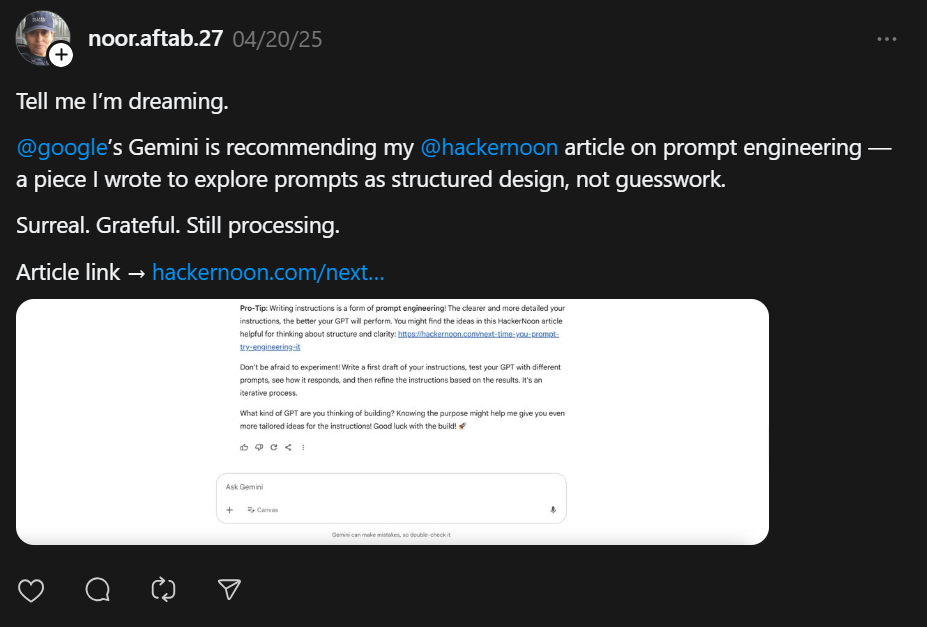Historic Debut: U.S. Sees Launch of Spot ETFs for DOGE and XRP
The products, issued under a joint venture between REX Shares and Osprey Funds, mark the first time American investors can gain regulated, spot-based exposure to these two major cryptocurrencies.
The new offerings – the REX-Osprey XRP ETF (XRPR) and the REX-Osprey DOGE ETF (DOJE) – are listed under the Investment Company Act of 1940, a framework previously used by the issuers when launching their Solana staking ETF.
This structure is intended to ensure a strong regulatory footing at a time when investor demand for crypto ETFs is accelerating.
Early activity underscored the excitement. Bloomberg’s Eric Balchunas reported that trading volumes for both funds outpaced earlier crypto ETF launches, with the DOGE product moving around $6 million in its first hour and the XRP fund exceeding $24 million in under 90 minutes.
READ MORE:

XRP Gains Spotlight With U.S. Reserve Inclusion and ETF Hype
Those numbers put them ahead of the debut of XRP futures ETFs, suggesting strong institutional and retail interest alike.
Analysts now see the move as a watershed for the crypto sector, expanding the lineup of spot ETFs beyond Bitcoin and Ethereum and opening the door for wider adoption of alternative digital assets on Wall Street.
The information provided in this article is for educational purposes only and does not constitute financial, investment, or trading advice. Coindoo.com does not endorse or recommend any specific investment strategy or cryptocurrency. Always conduct your own research and consult with a licensed financial advisor before making any investment decisions.
The post Historic Debut: U.S. Sees Launch of Spot ETFs for DOGE and XRP appeared first on Coindoo.
You May Also Like

Google's AP2 protocol has been released. Does encrypted AI still have a chance?

Spheron Network Joins Hivello for DePIN Supply Scaling

